Seattle's police-free 'autonomous zone' is no anomaly
What you need to know about CHAZ

By now, you've probably heard of the CHAZ. Fox News has cited it as proof that Seattle has fallen into "anarchy." The D.C.-based conservative paper The Washington Times described it as "Mad Max movie mayhem come to life." President Trump has claimed, without evidence, that it is being run by "domestic terrorists" and has threatened to invade it. (Local authorities demurred).
What is certain, anyway, is that in the week since Seattle's "Capitol Hill Autonomous Zone" was established, everyone in the world seems to have an opinion about its existence. But the roughly six city blocks and adjacent park that make up the police-free zone did not emerge out of a vacuum, as the headlines might have you believe. Beyond its obvious parallels to demonstrators taking over Manhattan's Zuccotti Park during the Occupy Wall Street movement of 2011, the CHAZ has its roots in over a century of experiments with anti-imperialist, anti-capitalist autonomous zones in the Seattle region. While the CHAZ might look and feel like "a mini-Burning Man festival" to the national and international press, it is a legitimate and worthy protest, and one that draws from the city's history of results-driven, radical self-governance.
Distracting from these aims, though, is the misinformation circulating about the CHAZ (or the "CHOP," as it's increasingly known). Protesters initially established the autonomous region in the wake of the city's George Floyd protests, during which the Seattle Police Department "indiscriminately used excessive force against protesters, legal observers, journalists, and medical personnel" (this is alleged in a lawsuit, although there is ample video evidence to support it). Following more than 12,000 complaints about the police's crackdown on largely peaceful protesters, Seattle Police Chief Carmen Best announced last Monday that the police would depart from Capitol Hill's East Precinct, including boarding up their facility there as part of an "exercise in trust and de-escalation." Despite hysterics from conservatives (including Fox News, which published "digitally altered and misleading photos" of the CHAZ, only to be called out by The Seattle Times), the Capitol Hill Autonomous Zone is described by local observers as "exceedingly chill," complete with educational film screenings, free snacks, and a massive Black Lives Matter mural. Businesses in the area are largely supportive of the movement (the boarded-up storefronts in the area date to the beginning of the COVID-19 outbreak, not the protests). In lieu of armed anarchists, there are moms planting community gardens with their kids.
The Week
Escape your echo chamber. Get the facts behind the news, plus analysis from multiple perspectives.

Sign up for The Week's Free Newsletters
From our morning news briefing to a weekly Good News Newsletter, get the best of The Week delivered directly to your inbox.
From our morning news briefing to a weekly Good News Newsletter, get the best of The Week delivered directly to your inbox.
For everyone who is making a false boogeyman out of the CHAZ, however, there are an equal number of jokes that discredit the movement as being idealist, utopian, or just plain goofy. Yet nothing could be more Seattle. Known today for its strong liberal leanings (the election of Kshama Sawant to Seattle city council back in 2014 made her, at the time, the first socialist elected in a major U.S. city in decades), Seattle, and Washington state by extension, have long "nurtured a reputation for radicalism and reform," with "such progressive reforms as [women's] suffrage, industrial compensation, and direct legislation measures," writes historian Charles Pierce LeWarne in Utopias on Puget Sound, 1885-1915. By the count of one of LeWarne's colleagues, Washington has seen some 130 or more "intentional communities" during the course of its known history, all of which were established in rejection of social, religious, political, or governmental norms.
But at risk of painting Washington state as some rugged bastion of American progressivism, it is worth remembering that many of these communes were established by colonialists pre-statehood, and sadly reflected their values. One of the earliest such autonomous zones, the Puget Sound Cooperative Colony, founded in 1887 "on the principle that people could improve themselves and their lot in life through cooperation and unity," planted the seeds of the modern city of Port Angeles but was originally an extension of anti-Chinese riots in Seattle by white labor activists who were afraid of losing their jobs.
Minority-led occupations in Seattle have had more laudable intentions, as Vanishing Seattle recently recounted in a series of posts on their Instagram feed, and as incoming CHAZ protesters would bear to keep in mind. In March 1970, a group of some 100 Native Americans, led by activist Bernie Whitebear, "invaded" the recently-decommissioned Fort Lawton in south Seattle, turning it into a sort of "FLAZ" of its time. "We, the Native Americans, reclaim the land known as Fort Lawton in the name of all American Indians by right of discovery," the protesters announced. Occupation eventually turned into negotiations, and led the city to establish the Daybreak Star Indian Cultural Center on the land, with the fort's grounds becoming Discovery Park, the largest city park in Seattle. "The episode," wrote The Seattle Post-Intelligencer at the time, "is a heartwarming example of how major civic disputes can be resolved to the satisfaction of all, given responsible attitudes on the part of the participants and common concern for the community welfare."
View this post on InstagramA post shared by Vanishing Seattle (@vanishingseattle) on Jun 11, 2020 at 6:58pm PDT
Likewise, in 1972, Chicano activists peacefully occupied an abandoned schoolhouse and converted it into El Centro de la Raza ("Center of the People"), a Latino civil rights organization. "The three-month occupation, in one of Seattle's coldest winters, resulted in a five-year lease of the building at $1 a year," the organization explains today. Similarly, when Seattle closed the Colman School in 1985 — one of the first schools in the area to be attended by black students and hire black teachers — in order to expand Interstate 90, African-American activists occupied the building, insisting it be turned into a black history museum. The school district resisted arresting or evicting the protesters out of fear of bad publicity, leading to a standoff that lasted eight years — "the longest act of civil disobedience in U.S. history to date," according to the Seattle Star history blog. In 1993, the city finally agreed to the Northwest African American Museum, "part of a complex that also contains 36 apartments dedicated as affordable housing." Even Seattle's famous 1999 WTO protests involved occupations; "a group of anarchists, estimated to number up to 150, invaded [a warehouse] just before the start of the WTO meetings," The Kitsap Sun reported at the time, although police were too preoccupied with protesters on the street to do much about it. Today, radicals mostly consider the WTO protests, which resulted in the resignation of the police chief, to be a success.
A free daily email with the biggest news stories of the day – and the best features from TheWeek.com
It is common, though, for occupations to be dismissed contemporaneously as being disorganized, with protesters having incoherent demands — a characterization that isn't missing from the conversation about the CHAZ, either, as it navigates what city life looks like without the presence of a police force. Without the benefit of hindsight, it can be hard to see how CHAZ might elicit real change in the way that Fort Lawton, the schoolhouse occupations, or the WTO protests did. But already there are signs that the protest is working the way it is intended: Seattle announced it will transfer a Capitol Hill fire station, formerly used for "housing Seattle Police traffic patrol vehicles," to community ownership led by the African diaspora group Africatown following more than "seven years of process over the decommissioned facility," writes the Capitol Hill Seattle community blog. The goal is to create an "innovation hub" with "room for business, enterprise and education support, technology facilities and maker space, as well as about 20 housing units focused on young adults."
And the CHAZ has been occupied for just a week so far. It's dizzying to imagine what else might be possible if this stretches on successfully. Perhaps the most notable divergence from the region's other historic protests, after all, is that the movement isn't looking to just transform one area, but a whole city. If police aren't necessary for six blocks, who's to say they are for 12, or 200, or 2,000? The "Seattle Metropolitan Autonomous Zone" might sound far-fetched right now — but conservative rabble-rousers, watch out. If it can happen anywhere, it's here.
Want more essential commentary and analysis like this delivered straight to your inbox? Sign up for The Week's "Today's best articles" newsletter here.
Jeva Lange was the executive editor at TheWeek.com. She formerly served as The Week's deputy editor and culture critic. She is also a contributor to Screen Slate, and her writing has appeared in The New York Daily News, The Awl, Vice, and Gothamist, among other publications. Jeva lives in New York City. Follow her on Twitter.
-
 How to financially prepare for divorce
How to financially prepare for divorceThe Explainer Facing ‘irreconcilable differences’ does not have to be financially devastating
-
 Why it’s important to shop around for a mortgage and what to look for
Why it’s important to shop around for a mortgage and what to look forThe Explainer You can save big by comparing different mortgage offers
-
 4 ways to save on rising health care costs
4 ways to save on rising health care costsThe Explainer Health care expenses are part of an overall increase in the cost of living for Americans
-
 Bari Weiss’ ‘60 Minutes’ scandal is about more than one report
Bari Weiss’ ‘60 Minutes’ scandal is about more than one reportIN THE SPOTLIGHT By blocking an approved segment on a controversial prison holding US deportees in El Salvador, the editor-in-chief of CBS News has become the main story
-
 Has Zohran Mamdani shown the Democrats how to win again?
Has Zohran Mamdani shown the Democrats how to win again?Today’s Big Question New York City mayoral election touted as victory for left-wing populists but moderate centrist wins elsewhere present more complex path for Democratic Party
-
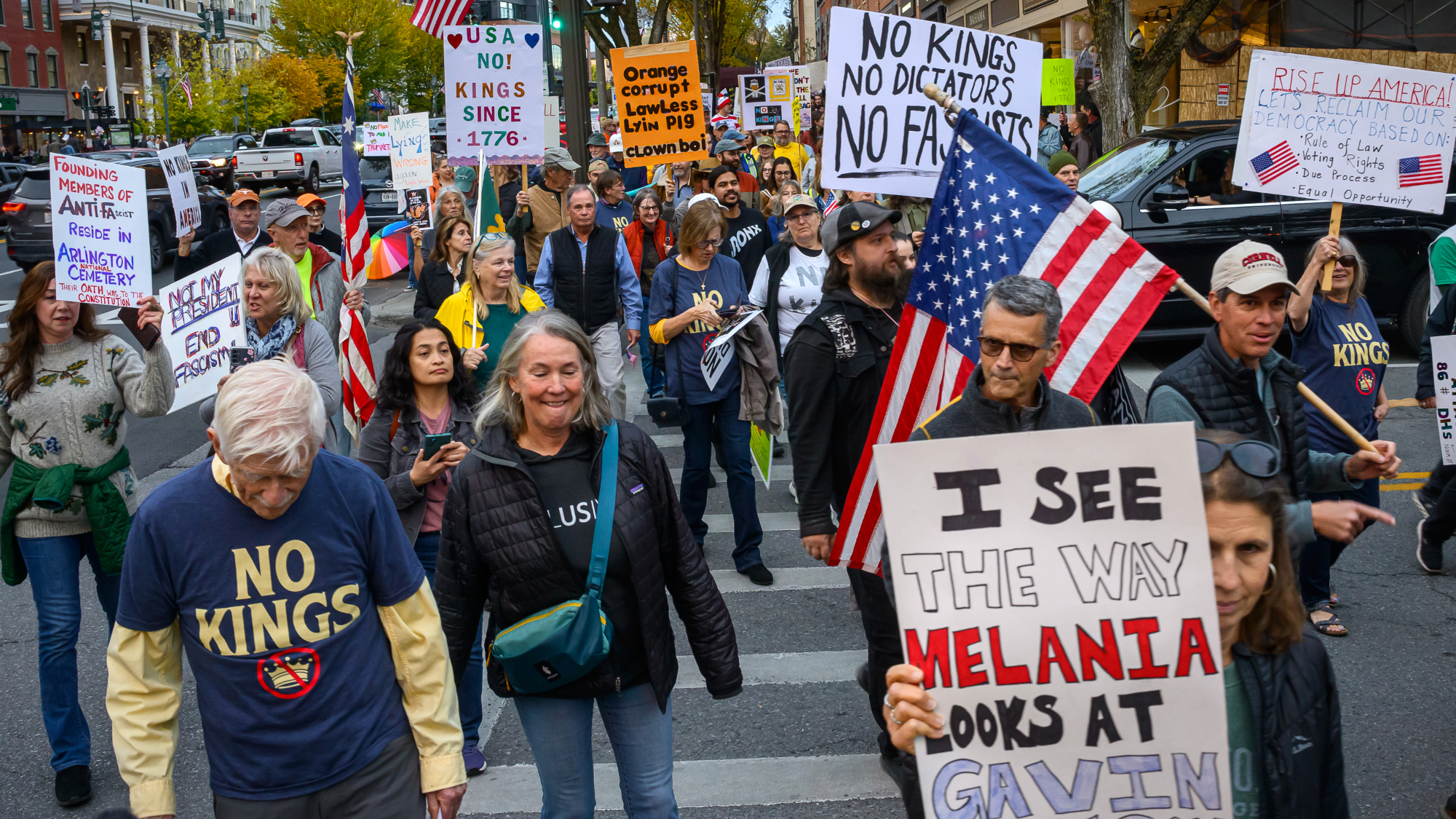 Millions turn out for anti-Trump ‘No Kings’ rallies
Millions turn out for anti-Trump ‘No Kings’ ralliesSpeed Read An estimated 7 million people participated, 2 million more than at the first ‘No Kings’ protest in June
-
 Ghislaine Maxwell: angling for a Trump pardon
Ghislaine Maxwell: angling for a Trump pardonTalking Point Convicted sex trafficker's testimony could shed new light on president's links to Jeffrey Epstein
-
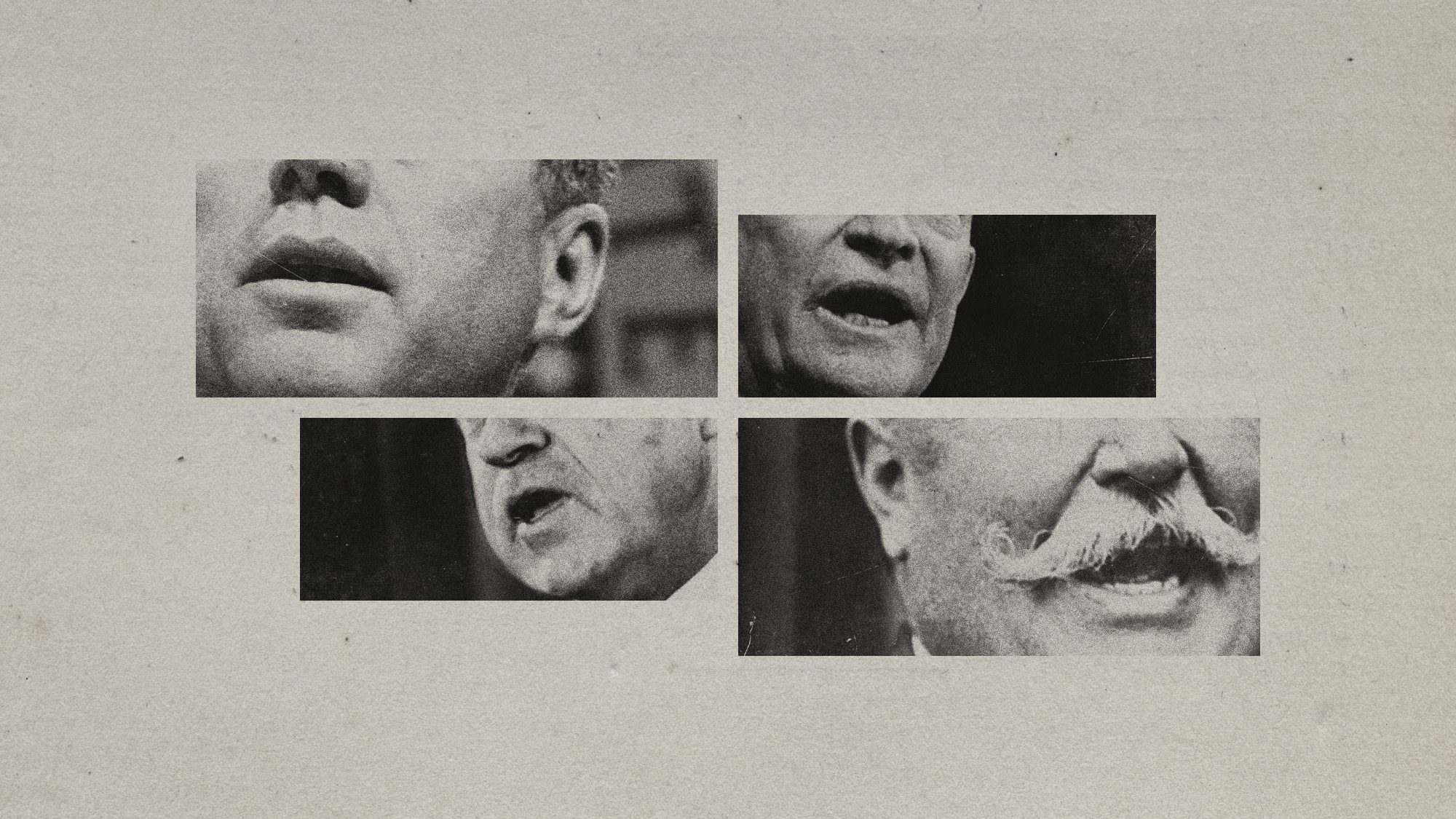 The last words and final moments of 40 presidents
The last words and final moments of 40 presidentsThe Explainer Some are eloquent quotes worthy of the holders of the highest office in the nation, and others... aren't
-
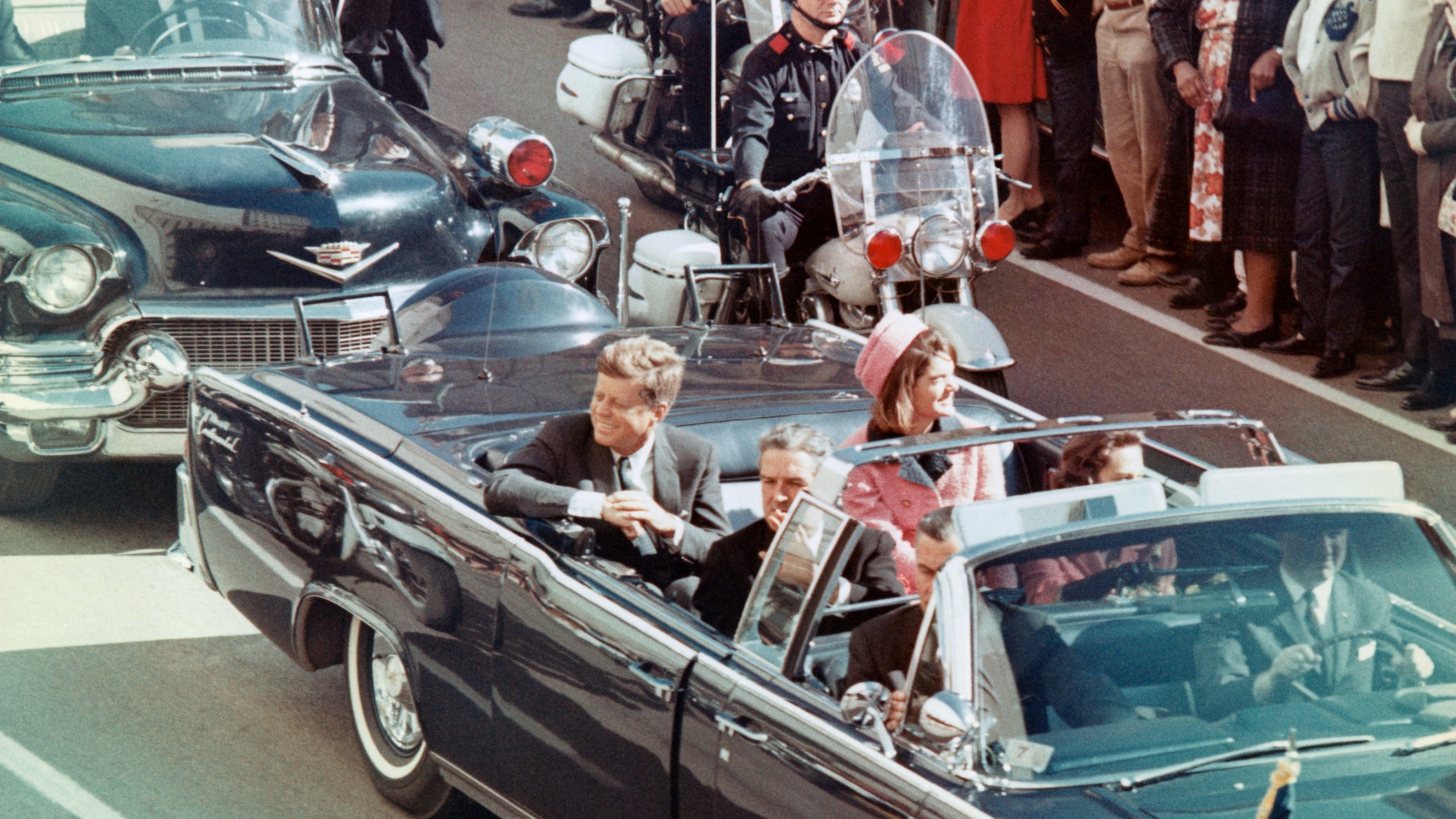 The JFK files: the truth at last?
The JFK files: the truth at last?In The Spotlight More than 64,000 previously classified documents relating the 1963 assassination of John F. Kennedy have been released by the Trump administration
-
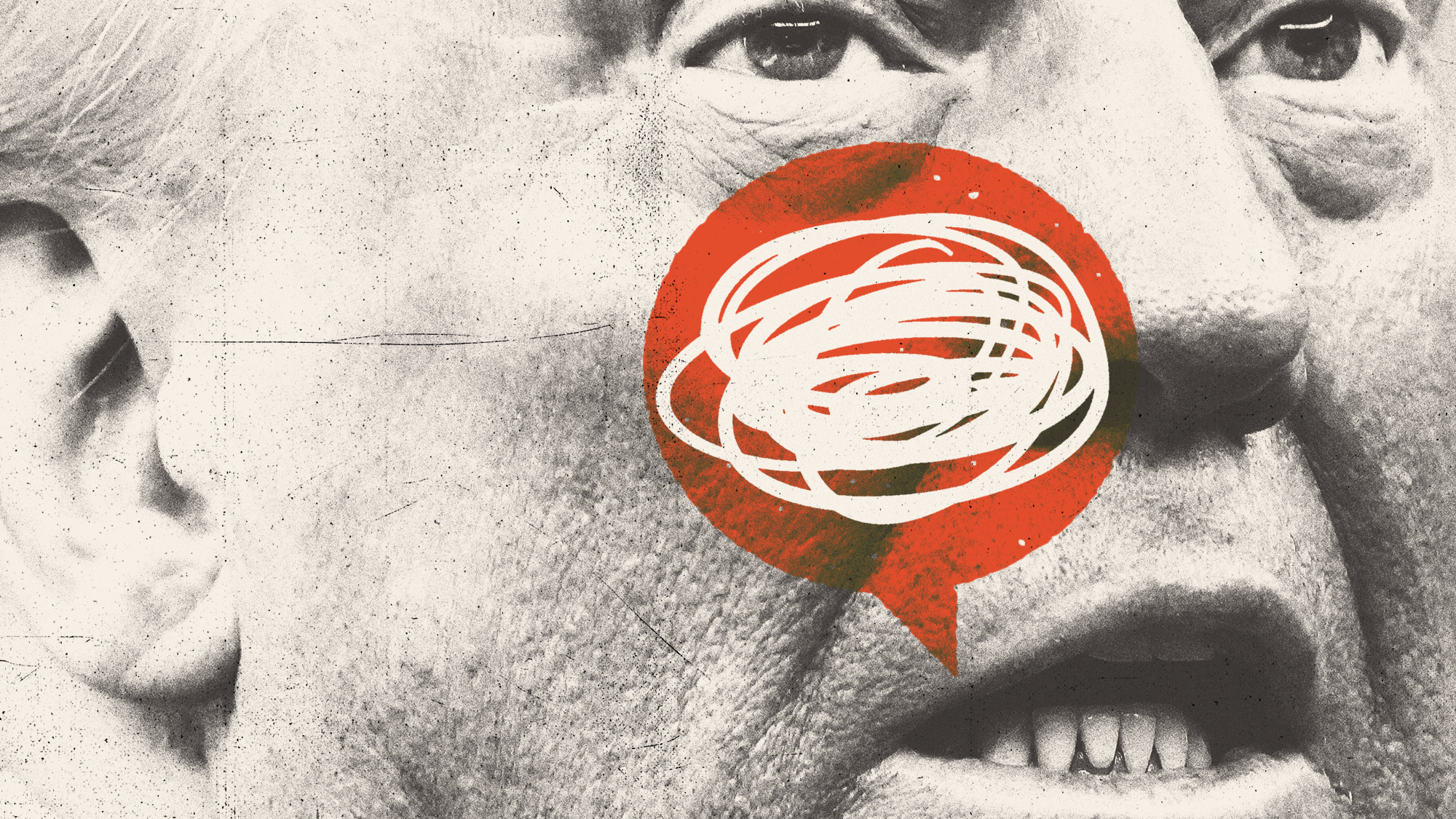 'Seriously, not literally': how should the world take Donald Trump?
'Seriously, not literally': how should the world take Donald Trump?Today's big question White House rhetoric and reality look likely to become increasingly blurred
-
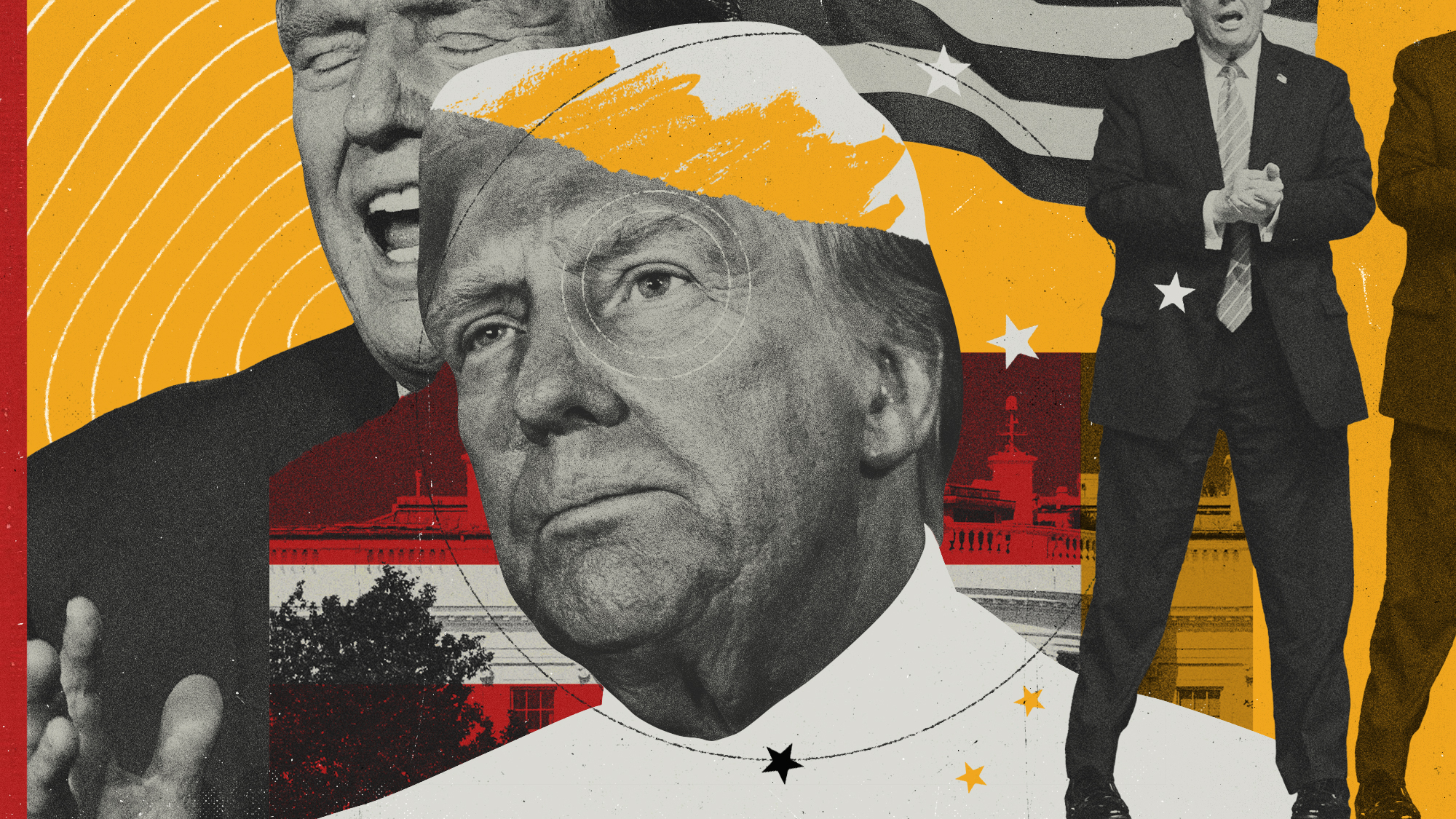 Will Trump's 'madman' strategy pay off?
Will Trump's 'madman' strategy pay off?Today's Big Question Incoming US president likes to seem unpredictable but, this time round, world leaders could be wise to his playbook
